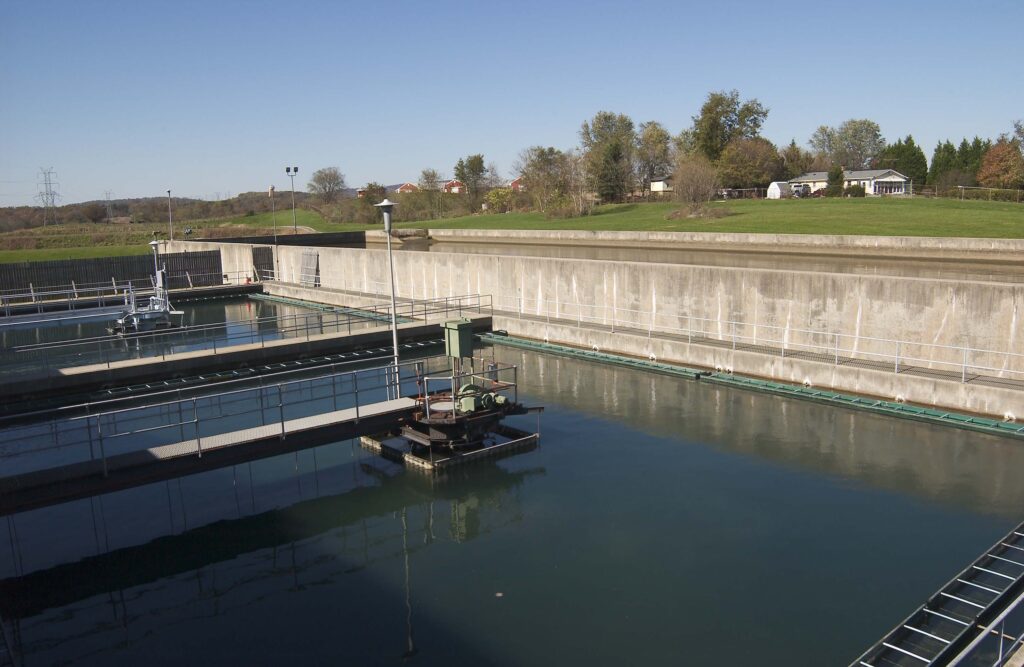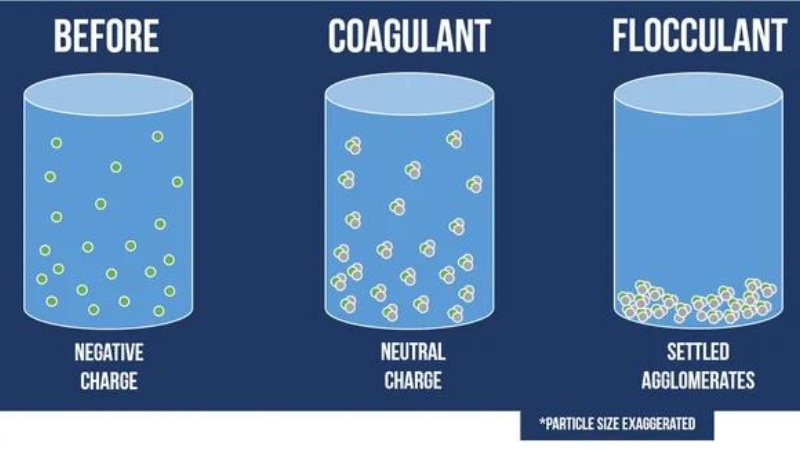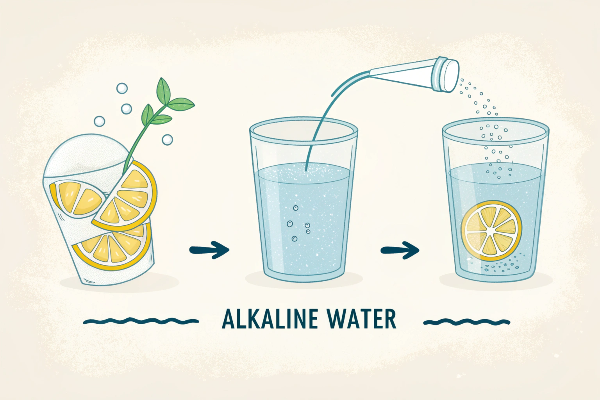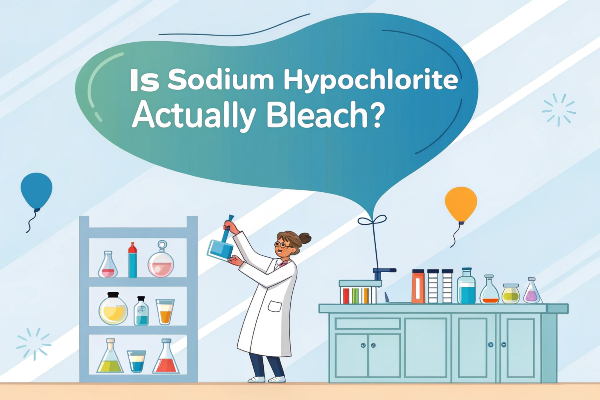Ever wondered how the murky water you avoid ends up crystal clear in your glass? It’s all thanks to the magic of water treatment processes, with coagulation playing the starring role. This essential process is the unsung hero in our fight against impurities, ensuring that the water we consume is safe and clean. But what exactly is coagulation, and how does it work to purify our water?
Coagulation is a chemical process used in water treatment to remove various contaminants, including sediment, bacteria, and other microscopic particles. By adding specific chemicals, called coagulants, into the water, tiny particles that were once too small to capture clump together into larger, more manageable flocs. These flocs are then easily removed through filtration or sedimentation, leading to clearer, safer water. This simple yet effective process is a cornerstone of modern water treatment, ensuring that the water reaching our taps is free from harmful substances.

Maintaining the quality of our water supply is a complex challenge, but coagulation simplifies a crucial part of it. Let’s dive deeper into how coagulation works and why it’s so important in our daily lives.
What Are Coagulants and How Do They Work?
Coagulants are the chemical heroes in the coagulation process. They work by neutralizing the charges of particles suspended in water. These particles, often negatively charged, repel each other, staying in suspension and making the water appear cloudy. Coagulants, such as aluminum sulfate (alum) or ferric chloride, carry a positive charge that counteracts the negative charges of the particles, reducing their repulsion and causing them to clump together into larger aggregates, or flocs.
The Coagulation Process Step-by-Step
The coagulation process involves several key steps, each crucial for effective water treatment. Initially, the coagulant is rapidly mixed with the water, allowing it to interact with and neutralize the suspended particles. This step is followed by flocculation, where slow mixing encourages the formation of larger flocs from the newly neutralized particles. These larger flocs are then much easier to remove by subsequent processes such as sedimentation, where they settle at the bottom of a tank, or filtration, where they are trapped in a filter medium.
Types of Coagulants Used in Water Treatment
In water treatment, various coagulants are employed, each suited to different types of impurities and water conditions. Aluminum sulfate (alum) and ferric chloride are two of the most commonly used coagulants, but others, including polyaluminum chloride (PAC) and organic polymers, are also effective. The choice of coagulant depends on the water’s pH, temperature, and the specific contaminants present.

The Role of pH in Coagulation
The pH of water plays a significant role in the effectiveness of coagulation. Coagulants work best within specific pH ranges, and adjusting the water’s pH is often necessary to optimize coagulation. For example, alum works most effectively in slightly acidic to neutral pH conditions. By carefully controlling the pH, water treatment facilities can ensure that coagulation occurs efficiently, resulting in the removal of the maximum amount of contaminants.
Advantages and Challenges of Coagulation
Coagulation offers several advantages in water treatment, including its ability to remove a wide range of contaminants, from sediment and bacteria to viruses and organic compounds. It’s also relatively simple and cost-effective, making it a staple in water treatment processes worldwide. However, challenges remain, such as the disposal of sludge formed by the removed flocs and the potential for harmful byproducts from certain coagulants. Ongoing research and development aim to address these challenges, improving the efficiency and environmental impact of coagulation.

The Future of Coagulation in Water Treatment
As our understanding of water chemistry and treatment technologies evolves, so too does the process of coagulation. Innovations in coagulant materials and methods are continually being developed, focusing on enhancing efficiency, reducing costs, and minimizing environmental impact. The future of coagulation in water treatment looks promising, with the potential for even cleaner, safer water through more sustainable practices.
Conclusion
Coagulation is a vital process in the journey from murky to clear, drinkable water. By understanding and optimizing this process, we can continue to ensure the safety and quality of our water supply. While challenges remain, the ongoing advancements in coagulation technology promise a future where clean water is even more accessible and sustainable. As we move forward, the role of coagulation in water treatment remains crucial, a testament to the ingenuity and importance of ensuring clean water for all.





